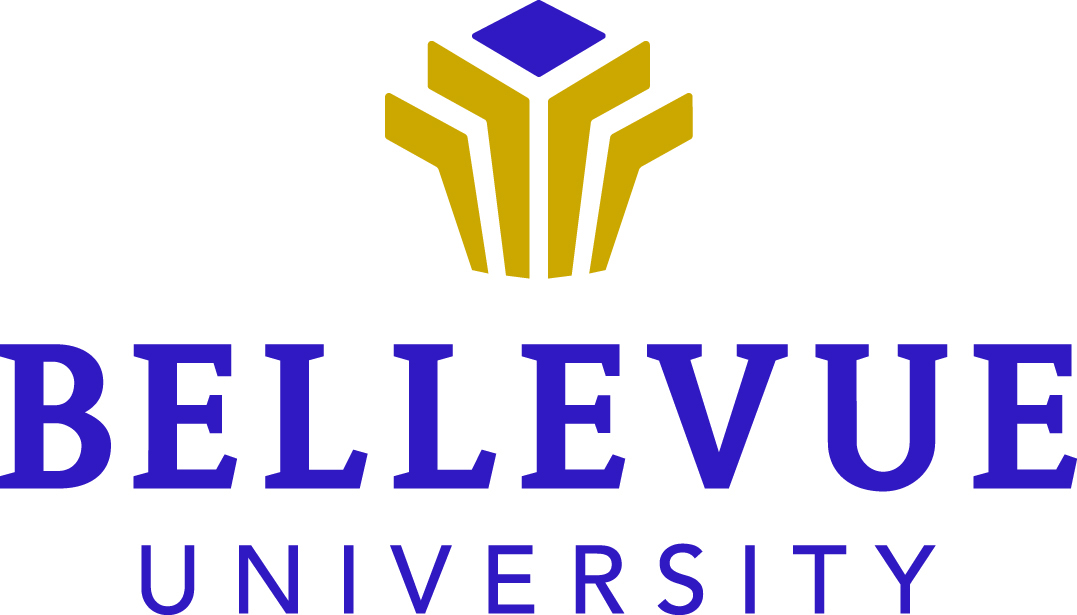We have access to more information than any other time in human history. The key to accessing all that information in the 21st century is Information Science.
What Is an Information Science Degree?
With the explosion of data and information, the study of Information Science has grown into a broad discipline covering the collecting, sorting, analysis, storing, and transferring of information. Undergraduate degrees in Information Science aren’t limited to just computer programming and software development but will blend social and cultural aspects as well. Some programs offer minors in areas such as healthcare informatics, multimedia, communications, etc. B.S. degrees in Information Science can qualify you for management and system network specialist careers.
How Much Can You Earn with an Information Science Degree?
The glut of information is good news for those with an Information Science degree. According to the Bureau of Labor Statistics, 10-year job growth in this field is 11%, much faster than average. Salary ranges for this career start at the lower 10% earning $85,380 annually and the highest 10% earning an impressive $208,000. The median salary is calculated at $142,530 in 2018.
If you aren’t sure about information science, check out our master list of the Best Online Computer Science Degrees. If you want to tackle cybersecurity, check out the Best Online Information Systems Security Degrees.
What’s Required for an Information Science Degree?
Because Information Science cuts across a wide range of disciplines, you’ll benefit from courses offered in most general education prerequisites such as sociology, psychology, communication, humanities, etc. Community colleges offer two-year associate degrees in Information Science, but most employers are looking for bachelor’s or master’s prepared hires. Universities routinely accept transfer credits from two-year programs, which will cut down on the total number of hours required for your B.S. or B.A.
See Also: How Hard is it to Get a Job in Computer Science?
What Are the Best Information Science Degrees?
OSR uses six data points: three school-wide and three program specific. For school-wide, OSR uses Student Satisfaction, Admission Rates, and the number of programs the school offers online. For program-specific, OSR checks the Median Debt of graduates from that program, how many degrees are offered within that program’s umbrella department, and what percentage of students at that school graduated from that department.
The six statistics are displayed by each school. The sliding bar under each statistic represents how that school compares to other US institutions. “Not reported” means a school did not release that information to the US Department of Education. A more detailed description of the OSR process can be found on the methodology page.
























